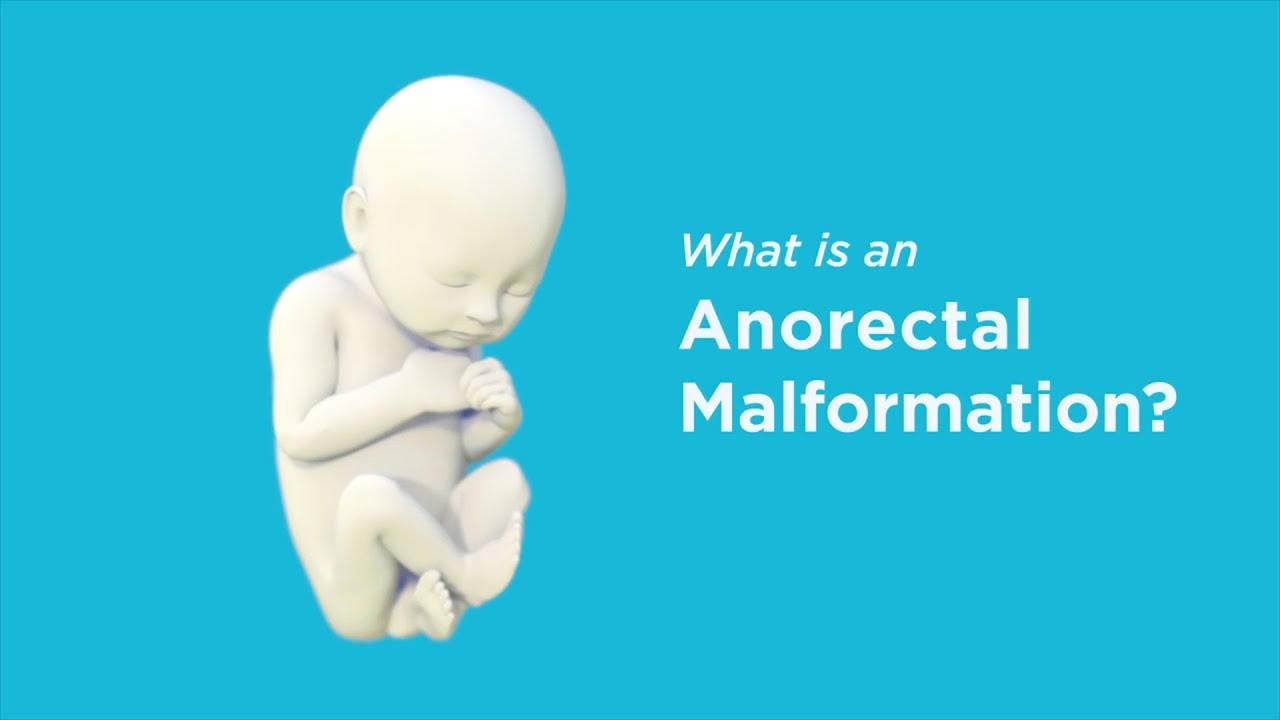
DiYES International School – Anorectal Malformation is a congenital disorder that affects the development of the rectum and anus. Infants born with this condition may lack a properly formed anal opening or have a misconnected rectum, making it impossible for them to pass stool normally. This defect varies in severity and form, often requiring immediate medical evaluation after birth. Anorectal Malformation is not always diagnosed during pregnancy and is usually discovered only after delivery. Although the exact cause remains unclear, medical experts link it to abnormal fetal development during the first few weeks of gestation. Prompt diagnosis and early treatment are critical to prevent serious complications. A multidisciplinary team is often needed to evaluate the extent of the malformation and create a tailored surgical plan. This condition presents emotionally and physically challenging circumstances for families, who must quickly learn about surgical interventions, potential long-term outcomes, and daily care for their newborns.
Anorectal Malformation is not a singular condition but a wide range of abnormalities affecting the structure and function of the anus and rectum. It includes conditions such as imperforate anus, anal atresia, and rectal fistulas, each presenting with different degrees of complexity. In some cases, the rectum may end in a blind pouch, disconnected from the anus or even connected to the urinary or reproductive systems.
Diagnosing these anomalies requires thorough imaging studies such as ultrasounds and MRI scans. Surgical correction is often necessary and depends on the specific type and severity of the anomaly. Treatment goals involve restoring the normal passage of stool, protecting nerve function, and reducing long-term complications. Anorectal Malformation can also occur alongside other congenital disorders like spinal abnormalities or heart defects, which must be addressed as part of the overall treatment strategy. The earlier families and doctors understand the variety of malformations, the more effectively they can plan for recovery and daily life support.
“Read about: Rare Eye Colors in Children Are Becoming Extinct, Here’s What’s Causing It”
Surgical repair for Anorectal Malformation usually occurs within the first few months of life and may require multiple procedures. The most common surgery is a posterior sagittal anorectoplasty, which aims to create a new anal opening and align the rectum correctly. Some infants need a temporary colostomy before full reconstruction can be performed. Recovery from these operations can be intensive, requiring strict hygiene practices, regular monitoring, and follow-up care. Families often face a steep learning curve during this process as they adapt to new routines and medical protocols. Pediatric surgeons collaborate with gastrointestinal specialists, physical therapists, and nurses to ensure the best outcomes. Success rates for these surgeries have improved significantly over the past decades, giving children born with this condition a better chance at leading healthy lives. Despite this, long-term challenges like constipation, incontinence, or bowel control issues remain possibilities and require continuous management and support.
Living with Anorectal Malformation does not end after surgery. Many children experience lifelong bowel management needs, including specialized diets, medications, and toilet training techniques. Parents must become well-versed in recognizing signs of digestive distress and responding quickly to prevent infections or complications. Psychological support plays a key role in helping both the child and their family adapt to this new normal. Group counseling sessions, online communities, and therapy programs are often recommended to provide emotional strength. As the child grows, social acceptance and school adjustment can also become sources of concern, especially if continence remains a challenge. Supportive care from both health professionals and educators is essential to help children gain confidence and independence. Families must also prepare for periodic evaluations, as new medical concerns may emerge with development. Overall, consistent care and strong emotional support systems are vital in navigating the ongoing demands of this condition.
“Read more: Mark Rothko: The Abstract Legend Whose Art Hid a Tragic Secret”
Anorectal Malformation may be rare, but awareness is growing thanks to medical research and advocacy from affected families. Nonprofit organizations and support groups now help parents share their experiences and connect with specialists around the world. Medical researchers are working to better understand the genetic and environmental factors that contribute to the condition. These efforts aim to improve prenatal detection methods, surgical techniques, and long-term care strategies.
Data sharing across hospitals and institutions also helps build more effective treatment protocols. Community awareness campaigns are being launched to reduce the stigma surrounding digestive conditions and promote inclusivity for children living with such disorders. By increasing knowledge and access to resources, future generations of patients may benefit from earlier diagnoses, less invasive surgeries, and improved quality of life. As families speak up and research expands, more people will begin to recognize Anorectal Malformation not only as a medical challenge but also as a call for compassion and action.